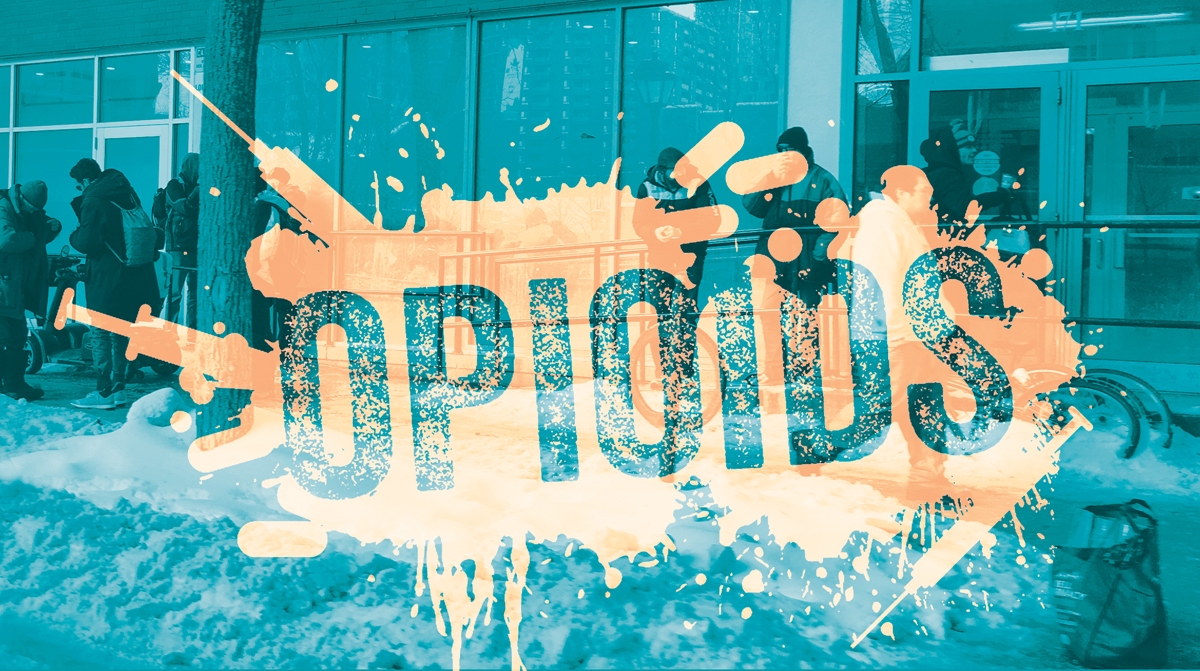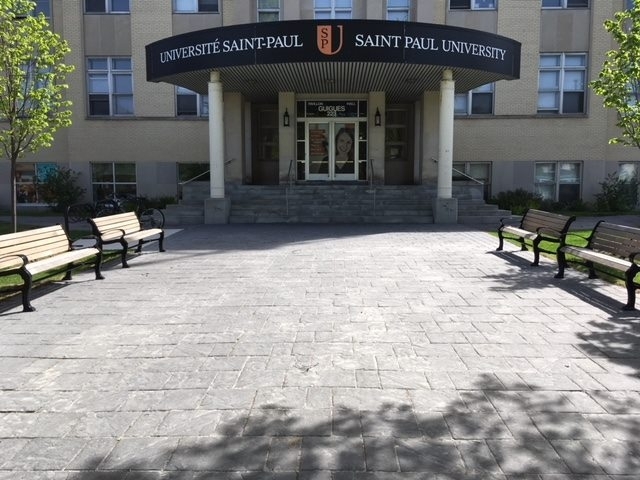
Jesse — An Opioid Addict’s Story
Photo: OLM Staff
As frontline workers and policymakers continue to try and mitigate the opioid crisis in Canada, harm-reduction services have been popping up in major cities to address the rapid increase in overdoses due to fentanyl.
Long-term recovery models are still dealing with waitlists months long, and supervised injection sites serve as short-term solutions to what for many is a lifetime struggle.
Jesse is a recovering addict in Ottawa who says it can be difficult to access full treatment, including mental-health services, due to a lack of funding and the overarching stigma against addiction.
Jesse grew up in St. John’s, NL, and has been dealing with addiction since he was a teen. At 13, he began “the way most kids do,” trying alcohol and marijuana, but things got out of hand quickly.
“Right away, those around me could tell I had a different reaction to this stuff,” he said.
Jesse eventually transitioned to OxyContin, which was easy to get and inexpensive. The first time he suffered withdrawal symptoms, he knew he was in over his head.
A few stints at Newfoundland’s only detox facility weren’t enough – detoxing is often a last resort.
“When I go in there, it’s because I want to change,” he said. “It’s the only thing I can think of to create that gap between me and the drugs.”
At 18, he began methadone treatment, which deals with withdrawal symptoms. Methadone or suboxone are usually used to regulate recovery with the eventual intention of removing the patient from opioids altogether.
At 20, Jesse was sent to the Bellwood treatment centre in Toronto, the city where he eventually moved. At first, he stayed clean, but opioid drugs were more readily available, and he eventually relapsed.
After getting back on methadone, a worker at Aboriginal Legal Services of Toronto landed Jesse a spot at Anchorage Ottawa, one of the only treatment centres that will accept patients on methadone.
Jesse said he had no idea what to expect when he arrived in Ottawa. The Anchorage treatment centre was right on “the block,” a centre of concentrated drug use downtown.
“I just couldn’t take being in that environment. Within a month or two, I was back using, and on the streets,” he said.
After going back on methadone, then suboxone, before deciding to detox altogether, Jesse eventually found a housing program in Sandy Hill, which helped him find stable housing in 2014.
He has relapsed only once, around the time fentanyl began to appear in Ottawa.
After overdosing twice and losing a close friend, Jesse said he was frightened for his life. He chose to go back on methadone in 2016, this time with Recovery Ottawa. Looking back at the rise in opioid overdoses in 2017, he said he couldn’t have chosen a better time to go back into recovery.
“I didn’t know what else to do. I kept going into detox, then coming out and maybe staying clean for a couple of weeks.”
This time, he’s taking the process slowly and trying to deal with his anxiety and depression at the same time through weekly counselling at the Wabano Centre for Aboriginal Health. Since he went back on methadone in 2016, Jesse has been able to reduce his dosage significantly.
“I don’t want to be on it for the rest of my life. I’m on my way to finding out what works for me.”
Having accessed multiple services in Ottawa while using and while in recovery, Jesse feels there are holes in the way opioid addiction is being addressed. Though many supervised injection sites also offer counselling referrals and other services, he said it can be difficult for people in recovery to enter a facility where people are using, just like he found Anchorage’s location a challenge.
He added that methadone doctors are swamped with patients and long wait lines, unable to do much beyond prescribing and administering maintenance treatment. It’s almost impossible for people in his shoes to get a physician beyond walk-in centres, where they are often treated with judgement or distrust. Jesse said the stigma and misunderstanding about what it means to be addicted to opioids mean many doctors don’t look past the addiction.
“People frame it as a choice. When we go to places and ask for help for addiction, we’re often dismissed.”
Despite all these difficulties, Jesse also considers himself luckier than many. The Wabano Centre has been instrumental in the building of the support system he currently has – there, he accesses weekly counselling, and often health services as well.
“I feel very lucky to be Aboriginal. Wabano has helped empower me.”
Jesse indicated what’s missing is awareness of the realities of addiction, and of the need for long-term treatment for opioid addiction beyond harm reduction services.
Right now, methadone is helping stabilize his life until he feels ready to make the next step.
“I feel like the change is really in me at this point. I’ve made the effort to improve my life and make things better.”












